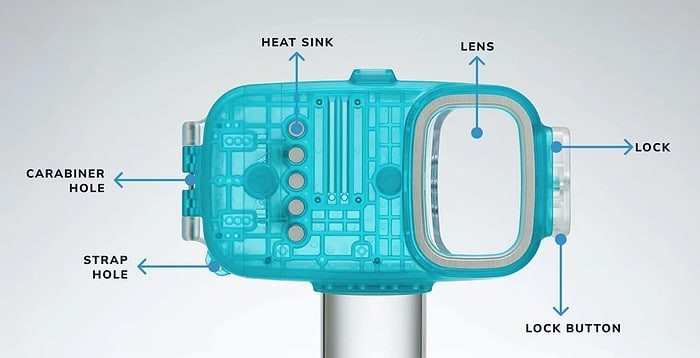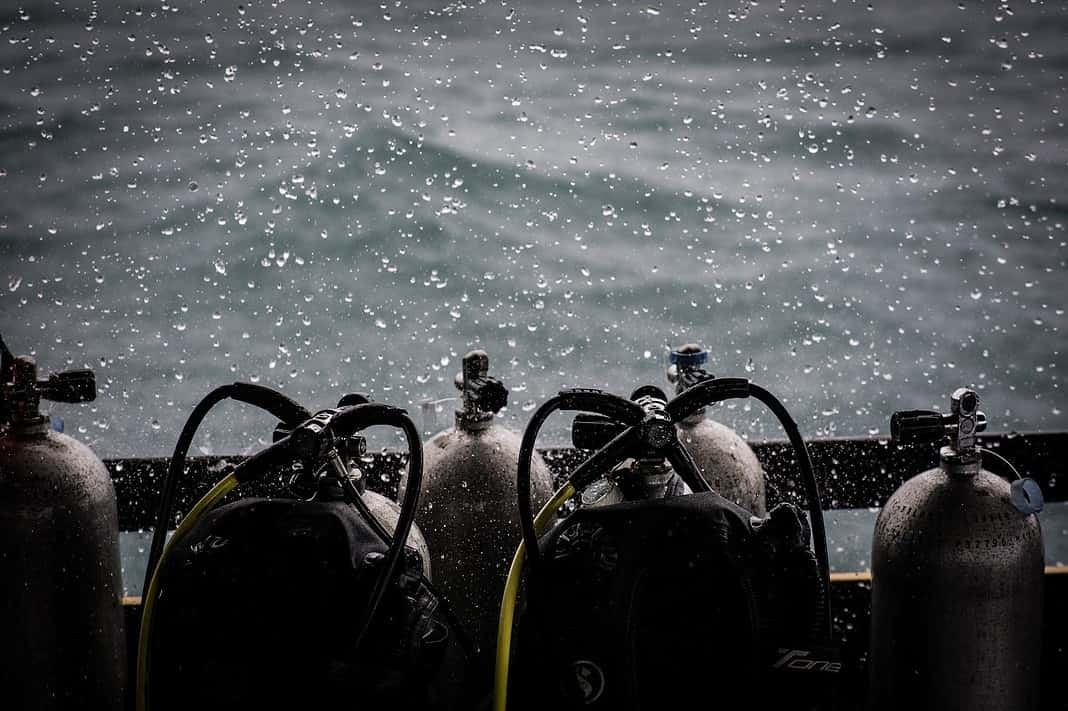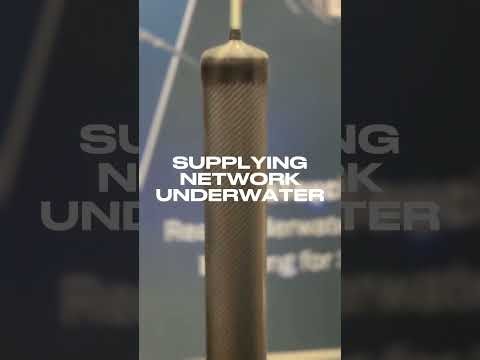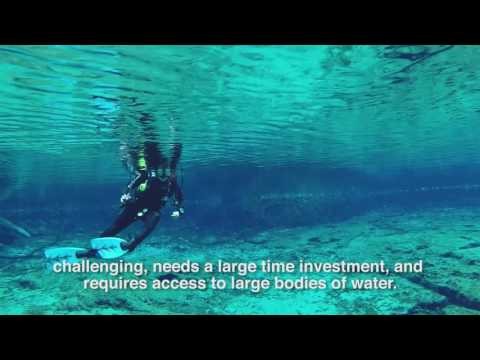So, what are the latest scuba diving trends, and what can you expect to see coming down the road? That is not an easy question to answer since there is so much innovation in the diving world at the minute.
The excellent news is that when it comes to scuba diving trends, the innovation is not restricted to equipment only but also includes cameras, learning and teaching methods, environmental awareness, and almost every aspect of the industry you can think of. So here are some of the newest scuba diving trends to keep an eye out for.

Eco-Friendly Dive Gear Innovations
Almost every product in the diving world has to be environmentally friendly to succeed in the modern day and age. This applies to everything in diving, from regulators to BCD and wet suits.
Take, for instance, the Fourth Element Surface wetsuit or Rec Fins. Both are made from recycled material, including innovative eco-conscious neoprene and recycled plastic. Expect to see more of these products over the coming years. As technology develops, neoprene should be replaced as the primary material in suits, and more and more diving items will be made from recycled plastic.
In addition, as our knowledge about the impact various chemicals have on coral reefs, we expect more and more products targeted at divers to be eco-friendly and reef-safe. For instance, one of the current leaders in sunscreen and products used on Liveaboards is stream2Sea, which makes reef-safe sunscreen, shampoo, and more. Over the coming decades, there should be more innovation in this area as divers demand more and more eco-friendly products that protect and preserve what is left of the earth’s coral reefs.
Advancements in Dive Computers and Technology
Regarding dive computers and technology and scuba diving trends, the most significant advancements are in mobile phones. As we have demanded that we take our phones with us everywhere we go, more and more phones are coming diving.
The field of mobile phone housings is exploding. Not only are divers now using their phones to take underwater pictures, but some manufacturers are incorporating sensors into the housing that turn your mobile phone into a dive computer and a camera. In all likelihood, the day will come when you take your phone diving without worrying about a housing and such. And in the water, your phone will be a camera, dive computer, and even a communication device.
When it comes to technical diving, the future is clearly in the rebreather niche, especially for deeper dives. Twenty years ago, there was a handful of rebreathers on the market, and now, there are a few dozen. As helium prices have risen steadily over the last couple of decades, open circuit trimix diving is becoming economically unviable.
More and more technical divers are going down the rebreather route since it offers a far more economical way to perform technical dives, especially those involving helium. In the last decade, we have seen rebreather performance and features jump in leaps and bounds, and they are no longer a niche subset of the diving world but virtually mainstream.
Scuba Diving Trends: Virtual Reality
In terms of scuba diving trends, expect Virtual reality to explode over the next decade as the technology evolves and improves. More and more companies are offering virtual diving experiences, either as a way to try a new location you are considering visiting or to open up now-closed dive sites to a new generation of divers.
There are many educational VR experiences where divers can try a new dive site or experience what it is like to dive sharks, whales, or dolphins. These videos include items like National Geographic’s 360 videos and the BBC Earth Video series. You can even play some scuba diving games on VR, where you do tasks underwater to achieve various goals and targets.
In terms of training, it is only a matter of time before VR starts to play a role. Whether it is learning skills, identifying animals, navigation exercises, etc. In the same way pilots practice in a flight simulator, divers can fine-tune their skills using VR to simulate the marine realm.
New Dive Destinations and Experiences
Human beings are driven by curiosity and exploration, which shows in travel and scuba diving trends over the decades. Dive destinations that are some of today’s favorite holiday hotspots used to be remote locations, requiring lots of effort to get there many years ago.
As travel technology and reach improve, expect to be able to access more and more of the planet’s remote diving hot spots. For instance, the Pacific Ocean is full of amazing, exceedingly remote dive locations. Take, for example, diving in Palau. Years ago, you had to organize an expedition to explore some of the wrecks of the battle of Peleliu. Now you can book a liveaboard and tickets online without much trouble. This trend should continue, and dive destinations that are out of the reach of most divers will become more accessible as more and more of the planet is opened up.
The same new scuba diving trends apply to dive experiences as we discover and learn more about marine life. Many years ago, the idea of diving with sharks – especially larger ones like tiger sharks was not on the cards. However, there are several places around the world where you can dive with some big sharks, including tigers and bulls. As we learn more about the ocean and animals, more and more experiences should open up to divers. Perhaps one day, divers will think nothing about dropping down to spend an hour or so taking pictures of great white sharks in their natural environment!
The Future of Dive Education and Training
If the current scuba diving trends continue, you should expect more and more diver training to head online and out of the classroom. Twenty years ago, there was hardly any online scuba learning. Each course had its book, knowledge review section, and such. You had to read and then answer and then go through the answers with your instructor. All that is virtually extinct now. Most theory teaching is done online at your leisure and pace, at a convenient time.
The new scuba diving trends to drive learning online will carry on for the foreseeable future as technology develops. However, this is not only a matter of replacing books with online learning. For more advanced courses that require attention and rolling risk management, something like the hazard perception test used for driving in the UK and Australia could be developed. Currently, most scenario-based scuba training is done live, but a portion of that training can likely be moved online.
For instance, during Divemaster or Instructor training, the candidates watch a clip of two divers doing a pre-dive safety check and have to click when they notice an error. This kind of training can greatly help build up awareness and observational skills.
The key here is that technology will be used to enhance the quality of the training divers receive and improve efficiency by moving certain elements online as long as it does not compromise safety.




